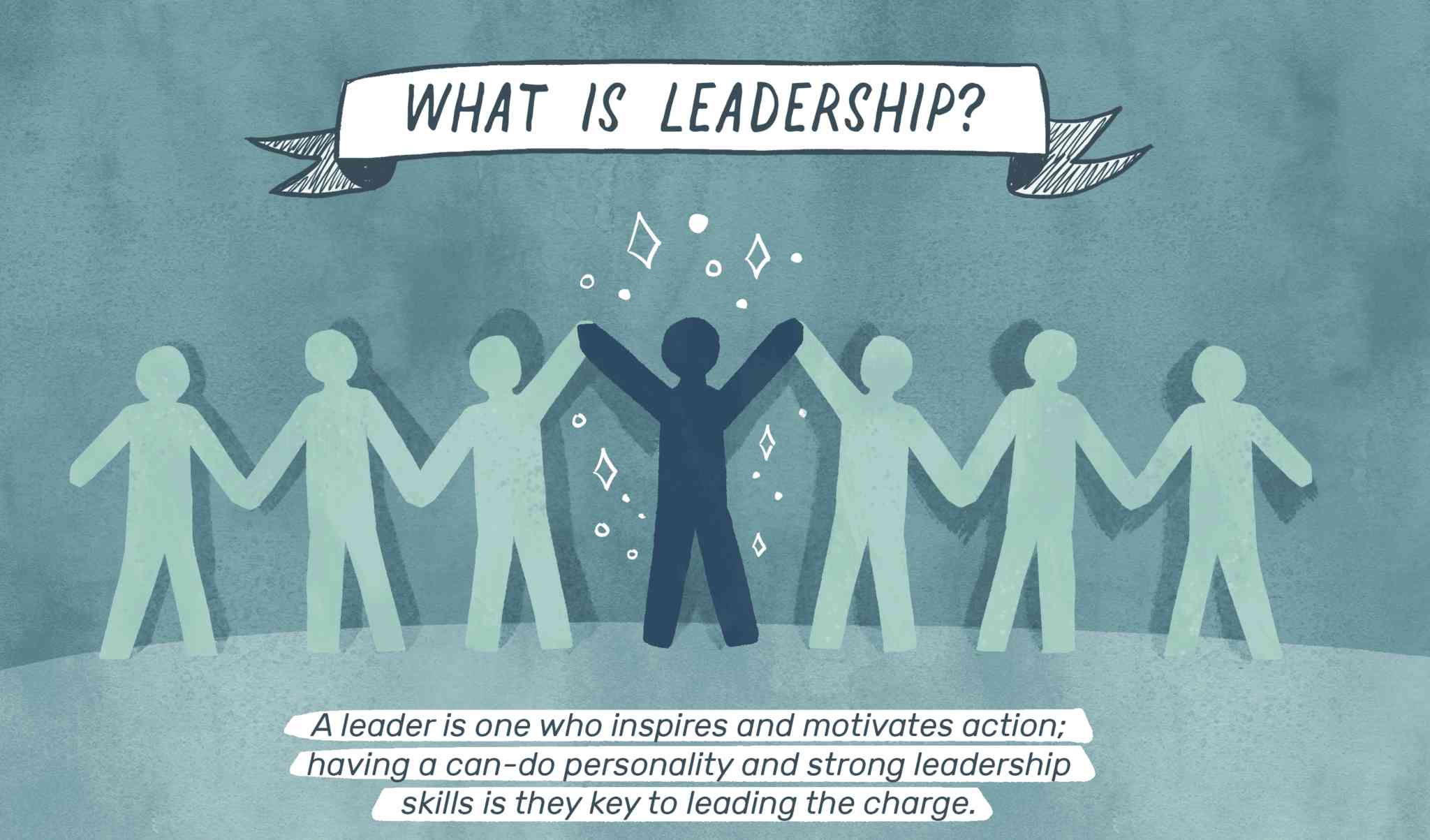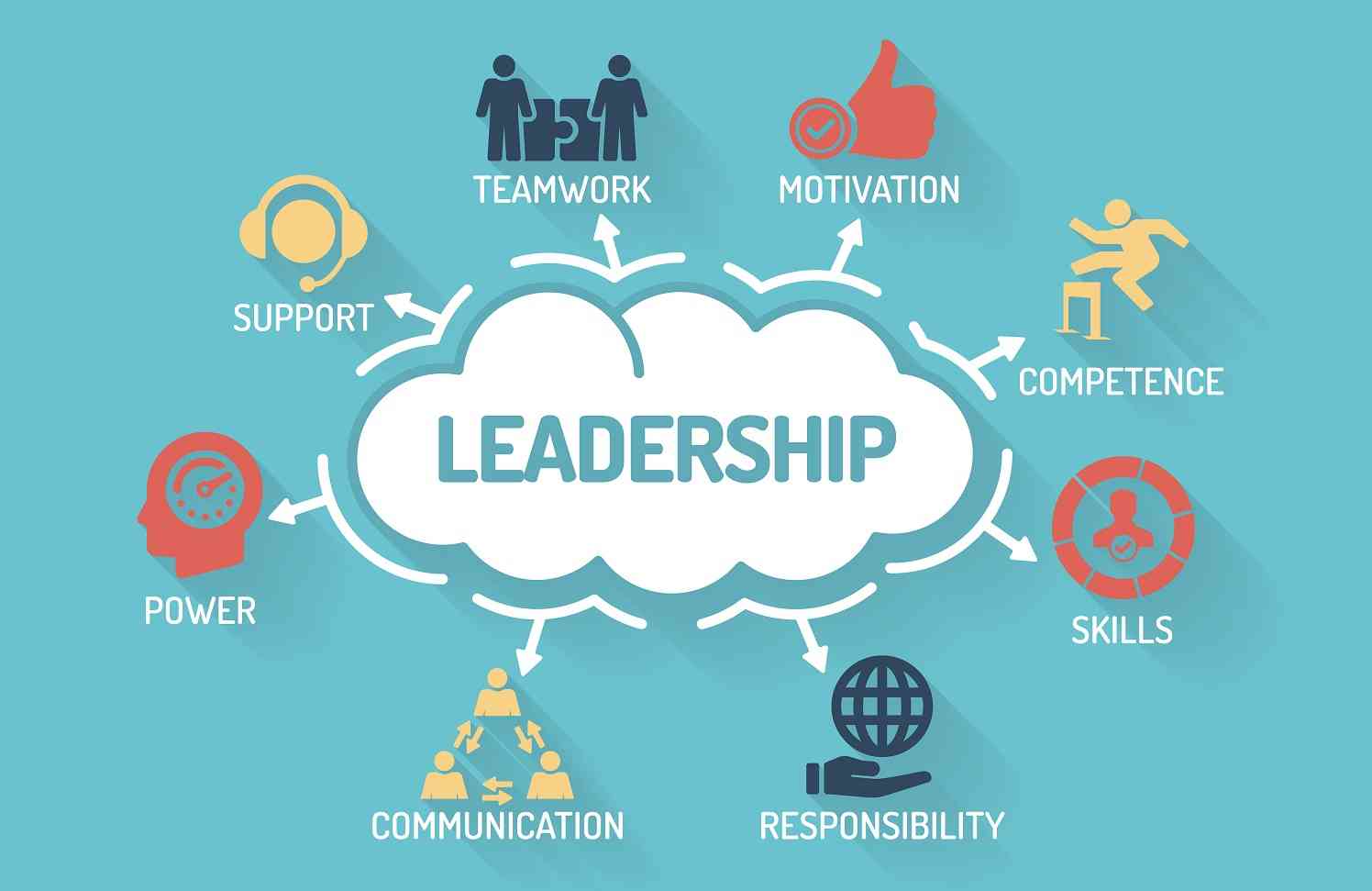Leadership – Institutional Affiliation Assignment Help
Introduction to Leadership
Leadership pertains to motivating and inspiring a bunch of followers to work hard towards achieving a mutual goal. Covey (2003) suggests that it is through the act of leadership that the goal or vision of the leader is put into implementation. This course consists of the right content that provides the deepest insight of the strategies that a leader must adopt to inspire their followers and accomplish objectives. Becoming a leader is something not every other individual can do. Leadership demands courage, responsibility, a sense of accountability, honesty, dedication and commitment. An individual can only become a good leader if they intend to. As cliché as it may sound, “with great power comes great responsibility.” Following the same premise, a leader must take both responsibility and accountability for their actions. Use of trickery or deceitful activities is strictly prohibited under the umbrella of leadership styles. The honesty and integrity of a leader must bring out the best of themselves and their followers. All acts and decisions of a leader must be made meticulously and with the utmost truthfulness so that followers are left in awe. When the followers look up to their leaders, they tend to work towards achieving the goals and objectives set by their leaders with the same zeal and enthusiasm. Leadership is not only about taking charge, but also about willingness to bring about a change. In this context, the organizational change or revolution that a leader is willing to bring about must be a shift from the mainstream culture to a more acceptable, contemporary and pleasant culture.
I strongly believe that leadership qualities can only be successful if leaders recognized the work that their followers put in to bring about a change. People tend to make mistakes but it takes the right leader to make their followers learn from those mistakes and develop into better professionals. In very much the same manner, leadership is about endorsing the decisions of the followers and casting a positive influence on them throughout the journey. The world is constantly changing and so are the leadership styles. From dictatorship to autonomy, the concept or ideology of leadership has taken turns in a multitude of directions. Leadership and management are two different concepts but often mistaken to be the same. Robbins and Coulter (2009) argue that managers cannot be leaders but it is recommended that they comply with some leadership traits like relationship building and providing direction. This course has taught me that traits like integrity, intelligence, self-esteem and confidence distinguish a leader from any other ordinary individual. These are the traits that make a leader commit to a long-term goal of bringing about a change in the organization and leading a group of people to work towards the goal with same eagerness.
Forge a path to leadership success with Assignmentstudio. Our expert guidance in Leadership Assignment Help empowers you to grasp key principles and theories, enabling you to lead with clarity and conviction. Start your journey with us today.

Contrary to autocracy in leadership, a democratic leadership style may be the most preferred in today’s world. People of today do not like taking orders or being spoon-fed each time. Hence, democracy in leadership style extends autonomy to the followers where they feel empowered and are free to make their own decisions to the best of their abilities. Autocratic leadership style is a lot stricter and calls for dictatorship. Leadership is an act that demands professionalism and exclusivity of certain characteristics. These traits improve overtime and are sufficient to leave an impact on the society as a whole. There are certain individuals who may be best suited to the office of a leader than other individuals particularly because of their charismatic personality and the ability to bond with others. These individuals tend to bond with the followers in the best way possible and deal with them individually to set them in a particular direction. Such theory pertains to the individualized leadership theory.
The Personal Side of Leadership
Northouse (2010) suggests Leadership not only involves logic, but also the emotional quotient. A leader must be able to strike the right balance between emotions and logic so that success becomes inevitable. The psyche of a leader enables them to strike the hammer when the metal is warm; at the right time. Leaders are different from other individuals in the manner that they are able to process mentally in a particular way. For instance, a leader who recognizes the efforts of their followers through a series of remunerations or even praises believes that there is a high likelihood that this act will motivate the followers to perform even better. In very much the same manner, the followers will logically believe that remunerations and positive performance appraisals are a means by which the followers are expected to work harder. The way a leader thinks is rather different from the way other individuals think. A leader has to evaluate the objectives of the organization and the risks involved in pursuing those objectives through a series of plans and strategies. A leader must also list down the results they expect from the path they plan to pursue to accomplish their set objectives.
In my personal opinion, the way a leader thinks and the way they shape their ideas about the way forward is one step towards taking the opinion of the followers about the matter. While a leader is expected to plan the strategies all by themselves, asking for followers’ opinions can be one way forward and helps a lot in the process of decision-making. When the past strategies and their results are evaluated the second time, and a better strategy is planned, the leader is said to possess mindfulness. Leadership is always about optimism and viewing the glass as “half full” instead of “half empty.” An open-minded leader is very much open to every view, idea and strategy that is needed to accomplish the goals. A conservative leader will be more like genie trapped in a bottle unable to use his powers for the greater good. There is no doubt that a leader must think logically considering the practicality of their approach concurrently. Equally true is the fact that leaders, sometimes being great psychologists, must also let their emotions decide the fate of their operational strategies. This ideology is linked with the concept of emotional intelligence. This concept alludes to the ability to comprehend emotions and manage them accordingly while overcoming problems and setting strategies for certain situations. In my opinion, leaders must be aware of their actions and the plans they wish to undertake. A leader must never let their personal bias come in the way of their decisions and the greater good of the followers and organizations they represent.

A chapter of this course also discussed how followers must abide by the rules set by their leaders. The roles and responsibilities of a follower or a subordinate are also defined in this course. In the perspective of Daft and Pirola-Merlo (2009), followers must be both willing to retrace the footsteps of their leaders and be mindful of their actions. An individual may wish to follow in the footsteps of their leader only for the sake of conformity to the group dynamics. In other words, an individual may wish to follow the leader by watching others do the same. However, there are many other cases in which individuals may wish to pursue the path set by their leaders not under any group influence but solely by their personal judgments. Logical encounters and critical thinking are the two traits that are associated with a follower who is self-dependent. On the contrary, the conformity of a follower to their group reflects their inability to think critically and evaluate the pros and cons of following the leader by themselves. Such conformist attitude makes the follower “go with the flow.” These two extremes may be found in one follower who is considered to be pragmatic. Followers tend to be passive when they are unable to perform all by themselves. They need someone to come after them and motivate them to perform. Followers can be active and effective when they find themselves in positions to be making their own decisions without relying on anybody else. They are the risk-takers.
The Leader as Relationship Builder
A leader must not only be a strategic thinker or a good decision-maker, but also a good relationship builder. It takes the right form of communication to build healthy relationships with the disciples. It is through communication that ideas and messages are exchanged between two individuals and a relationship is built. The process of communication involves transforming a vague idea into a well-comprehended message composed into a medium and transferred through a channel. This message is then received by the intended recipient and decoded through the application of various filters that enable the comprehension of this message. These filters can be both logical and emotional. Once the message has been decoded, a feedback is sent to the sender. It is through this feedback that marks the acknowledgement and comprehension of this message. Communication contributes a lot to the leadership process. When a leader wishes to bridge the gap between them and their followers, they make use of the communication process to deliver their messages to the intended audience. Feedbacks are also a means of strategic planning. On the flipside, communication also occupies a great deal of time of anybody employed in the managerial position of an organization. Communication becomes better and easier when individuals at various hierarchical levels get in touch with each other to share their thoughts and ideas.
In my opinion, one should not only be good at talking but also at listening. According to Kouzes and Posner (2002), striking the right balance between talking and listening is what makes one a great communicator. Listening to others and understanding their problems to provide effective solutions is what a great leader does (Rynders, 1999). Leaders must be great communicators so that accomplishing the goals become easier. I believe that a leader only passing orders to the followers and turning a deaf year to their concerns, issues or ideas will only end up failing. When leaders engage in effective conversations with their followers, they tend to make followers feel valued and significant. Leaders making plans and decisions after consulting their followers while considering their problems is one way of establishing a healthy work collaboration between the two. A good leader feels emotionally attached to their followers and does everything in their capacity to establish a healthy relationship and make it work.

Working in teams is also a way of building relationships. Leading a group of individuals currently tied to each other in a ream is one chance of establishing a united front where they work together without any clashes for the purpose of attaining mutually set objectives. A team is built up of two or more individuals who work in collaboration towards a common goal. Working in a team has its own benefits. The key benefit of working in a team is to learn from the expertise of individuals on possibly various hierarchical levels and sharing one’s ideas with them. Teams can motivate to work harder and can also inspire. The formation of a diverse team is rather effective. However, there is a high likelihood that disagreements among the team members may prevail at the initial stage. It is the prime responsibility of a leader that they deal with this stage in the best possible manner so that the prime focus shifts back to the mutually agreed objective. When the problems are finally resolved amongst the members, the leaders must encourage them to work harder towards the attainment of the goals.
References
Covey, S. R. (2003). The 7 Habits of Highly Effective People Personal Workbook. New York: Simon & Schuster.
Daft, L. R. and Pirola-Merlo, A. (2009). The Leadership Experience. Australia: Cengage Learning.
Kouzes, JM. and Posner, BZ. (2002). The Leadership Challenge. San Francisco: Jossey-Bass, p. 23–29.
Northouse, P. (2010). Leadership: Theory and Practice (5th ed.). Thousand Oaks, CA: Sage P. 1-4.
Robbins, S. and Coulter, M. (2009). Management (tenth ed.). Upper Saddle River, NJ: Prentice-hall p. 386-404.
Rynders, G. (1999). LISTENING AND LEADERSHIP: A STUDY ON THEIR RELATIONSHIP.



